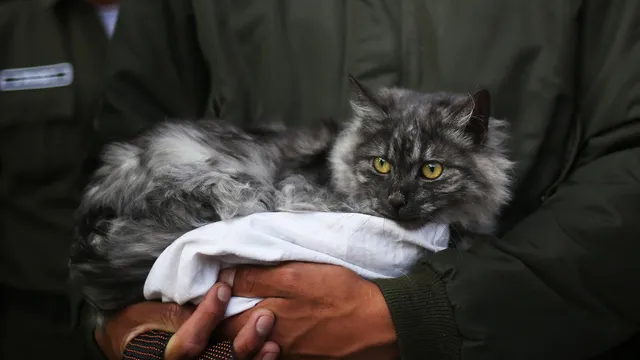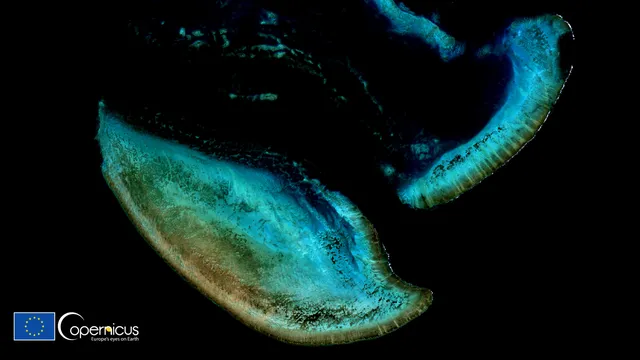You've probably heard of ominous black cats, chaotic orange cats, and elegant two-tone cats. If you're a true cat lover, you may also be familiar with lesser-known color variations such as calico and tabby. But officially, there is a new cat color: salmiak or "salted liquorice."
The beautiful black, white, and gray hue, named after a popular breakfast in Finland, where this coat color became famous, is due to a hair that starts black near the root but becomes increasingly white toward the tip. This type of coat was first noticed in 2007, and in 2019 it was presented to a group of cat experts led by feline geneticist Heidi Anderson.
Since then, the group has been trying to understand what exactly causes this color to appear, and recently they finally figured it out. An article about the discovery was published in the journal Animal Genetics.
When you start looking at cat colors — or rather, the expression of genetic traits in general — you start with the obvious and go from there. Naturally, the researchers began with the assumption that this new variant was simply a fun way for the gene that makes fur white to express itself.
Technically speaking, cats come in only two colors—black and orange. Every other color is either a combination of those two colors, a faded version of one of those colors (due to the dilution gene), or both. So when experts began to see cats with a "salt and pepper" color, the natural assumption was that this was an interesting new manifestation of the dilution gene. Add a little more white than usual to a standard black cat and you get a salty female billy.
But after studying all known genetic variations that control the expression of this gene in coat color, the team found nothing. So they took the next step—sequencing the entire genome of two of these special cats and studying the whole mess of genetic data to find out what was causing the new coat to appear.
It turned out that the answer lay in what was missing. "A huge chunk of the sequence downstream of the KIT gene was missing," Anderson told New Scientist, referring to a gene known to influence white patterns in animal fur. And these cats were simply missing a piece of DNA in that very region.
After testing 181 cats to be sure of their observations, the scientists were able to confirm that the missing sequence was indeed responsible for the salmiak coat color. The mutation turned out to be recessive—the cat only exhibits this color if it inherits the mutation from both parents, which explains why this color is not common.
Now that the mystery has been solved, the team is happy to enjoy these beautiful cats along with the rest of the world. "These coat colors have been admired for years. It's really exciting that we now have a genetic explanation for this," Anderson told New Scientist.
But the scientists are not stopping there. According to a post on Anderson's blog, solving this mystery "enriches our understanding of the genetics of cat coat color" and could be "valuable for breeding, potentially contributing to the preservation of this trait in our feline friends." | BGNES

 Breaking news
Breaking news
 Europe
Europe
 Bulgaria
Bulgaria







